
Dr Mahfujur Rahman
Research Fellow, UCD School of Chemical and Bioprocess Engineering
Started May 2008
Development of novel electrodes and electrochemical devices for the application
of Hydrogen production by photoelectrochemical water splitting and Dye-sensitized solar cell -DSSC
The photocatalytic splitting of water into hydrogen and oxygen using cell containing
platinum and titanium dioxide (TiO2) electrodes is a potentially clean and renewable
source of hydrogen fuel. However, the size of the band gap (~ 3.1 eV) of the TiO2
photocatalyst leads to its relatively low photoactivity as an electrode for the
photoelectrochemical splitting of H2O. The development of materials with smaller
band gaps of approximately 2.0 eV is therefore necessary. The aim of this work is
to improve the photoactivity of the Honda/Fujishima effect through doping (C, N,
W, Fe), in homogeneous and graded pattern, and tailoring the surface and bulk structure
of the TiO2 photocatalyst electrode.
Publication list
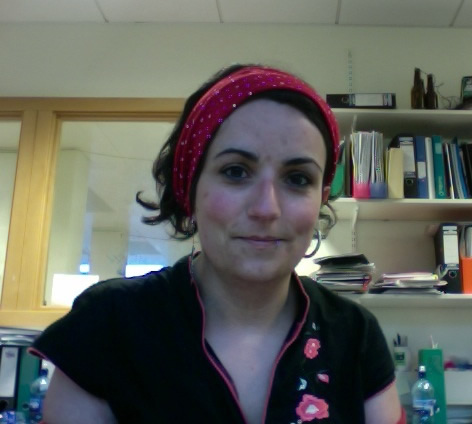
Dr Ana Petronliho
UCD School of Chemistry and Chemical Biology
Started February 2011
Synthesis of molecular catalysts for water oxidation based on transition metal complexes bearing N- heterocyclic carbenes
Abnormal carbenes are a strongly mesoionic subclass of N-heterocyclic carbenes (NHCs) and therefore impart a higher electron density to the ligated metal center. As a consequence, significantly different reaction pathways have become available with these types of ligands and there is a beneficial role of these ligands in the catalytic oxidation of water. I will initially work on homogeneous aqueous phase Ir-based molecular catalysts for oxygen evolution in water splitting and will progress to the development of immobilized catalysts on photoanodes.
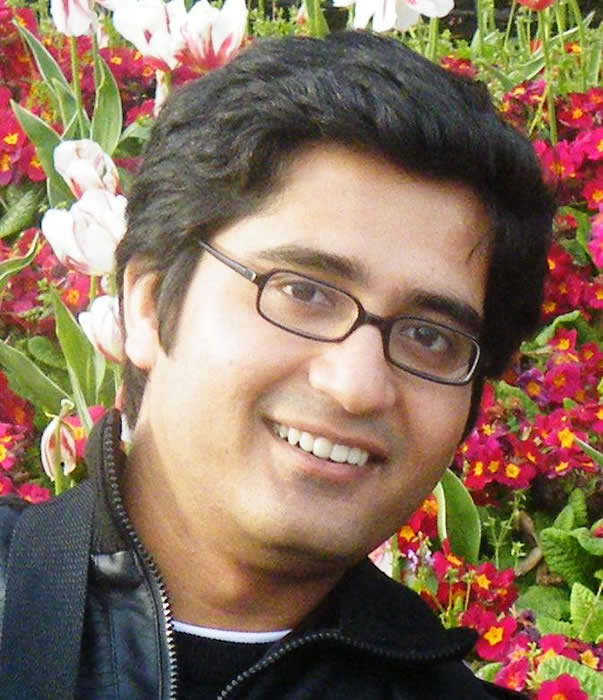
Dr Avishek Paul
School of Chemical Sciences, Dublin City University
Started January 2012
Photocatalytic CO2 Reduction
Our research work involves photocatalytic CO2 reduction using transition metal based photocatalyst. Photocatalytic carbon dioxide reduction is not a straight forward process and poses a number of difficulties. One of the difficulties with CO2 reduction is its low solubility. Another factor is the stability of CO2. Transition-metal complexes are used as catalysts since they can absorb in the visible region, poses long-lived excited states, and can promote the activation of small molecules. Examples of the reduction products of CO2 include carbon monoxide, formic acid, methanol and many more. Many of the reduction products may be useful starting materials for the chemical industry.
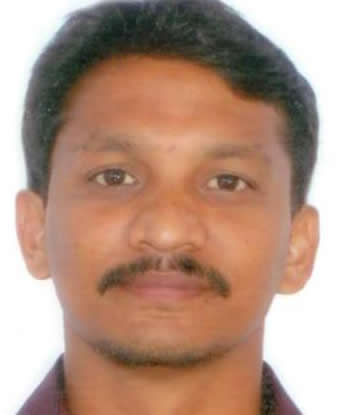
Dr Sateesh Bandaru
UCD School of Chemical and Bioprocess Engineering
Started February 2012
Quantum Chemical and Molecular Dynamics simulation of Hydrogen storage in Ammonia borane
The focus of my research is to study hydrogen-storage materials and the effects of catalysts on the release of hydrogen from these materials as well as their regeneration (adsorption of hydrogen). To this end, I use first principles computational chemistry approaches to predict the electronic structure of molecules to obtain thermodynamic and kinetic information. In my recent project, I am using various ab-initio approaches to understand the structure, reactivity of organo-nitrogen compounds (amino borane) for hydrogen storage. I am also using these methods to design new catalysts to release hydrogen from amino boranes. In order to optimize the catalyst's design and in turn, its function, I am working to improve the understanding of the reaction mechanisms in these systems using the predictions of reaction kinetics.
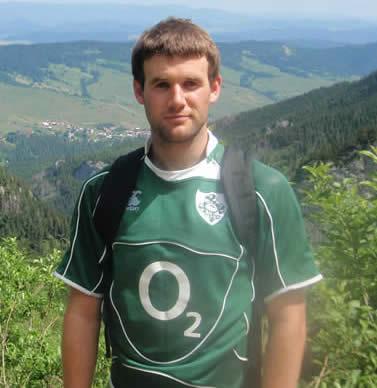
Dr Stephen Crosbie
UCD School of Physics
Started February 2012
Plasmonic Enhancement of Dye Sensitised Solar Cells
The goal of my project is to develop novel materials and design structures to enhance the high power conversion efficiency of next generation dye sensitised solar cells (DSSC). Bio-mimetic DSSC devices are attractive as they offer low-production costs and are comparatively eco-friendly relative to silicon based solar cells.
Surface Plasmons offer the possibility to confine or store electromagnetic radiation in the vicinity of a plasmon active layer (i.e. nanostructured metal / dielectric halfspace). In this project, computational and experimental investigations on the implementation of such a layer into the architecture of a DSSC will be made. This will be achieved utilizing state of the art ultrafast laser and photo electron emission microscopy systems for unprecedented nanoplasmonic studies.
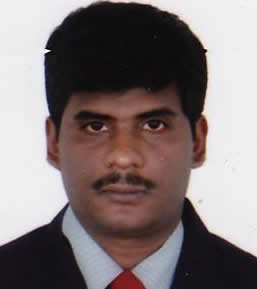
Dr Pathik Maji
UCD School of Chemical and Bioprocess Engineering
May 2010- February 2012
Design and synthesis of novel porphyrins for DSSCs
Investigation into the use of porphyrins for application in DSSCs has shown promising results. Due to their impressive light harvesting properties, these conjugated macrocycles show great potential as future efficient sensitizers. The structure of these chromophores can be modified, for subsequent incorporation into DSSCs, by the extension of the pi conjugation and the introduction of donor and anchor moieties.

Dr Danilo Dini
School of Chemical Sciences, Dublin City University
Started July 2008-June 2011
Electrochemistry of modified electrode surfaces for photocatalytic
reduction of CO2
My research activity involves the determination of the photophysical, photochemical
and photoelectrochemical properties of bimetallic complexes for photocatalytic purposes.
These molecular systems contain a Ru-based light-absorbing moiety and a catalytic
centre connected through an electronically conjugated bridging ligand. In particular,
complexes are studied for the light-induced reduction of carbon dioxide and are
characterized either in solution or as adsorbed species on semiconductor electrodes.

Dr Robert Gunning
MSSI, University of Limerick
October 2008- September 2010
Advanced Biomimetic Materials for Photovoltaic Devices
The ultimate aim of this project is to use large-area assemblies of nanorods to
produce photovoltaic devices. The nanorods are made from photo-active semiconductor
materials and may be combined with other inorganic materials or organic conducting
polymers. In particular, the use of electophoresis as a method for assembly and
deposition will be investigated. The project also covers the photo-voltaic characterization
of these devices. www.ifnano.com/index_files/page0013.htm
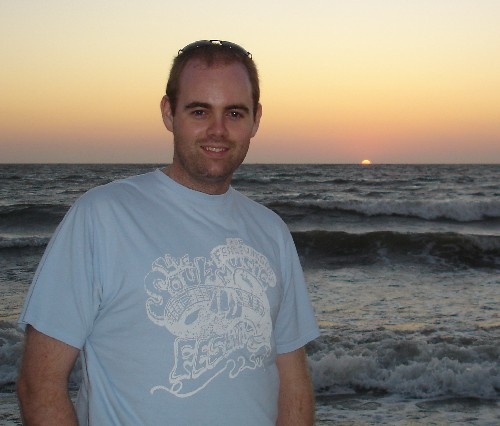
Dr Brian Ashall
UCD School of Physics
December 2009- December 2010
Dye Sensitised Solar Cells
The aim of this project is to develop novel materials and devices that mimic the natural photosynthesis process in plants with high power conversion efficiencies, the so-called dye sensitised solar cell (DSSC). The biomimetic DSSC is an emerging technology and assumes importance primarily due to its low-production cost and eco-friendly nature.
Surface Plasmons offer the possibility to confine or store electromagnetic radiation in the vicinity of a plasmon active layer (i.e. nanostructured metal / dielectric halfspace). In this project, computational and experimental investigations on the implementation of such a layer into the architecture of a DSSC will be made. Specifically, the focus is to generate a broadband, polarisation and angle independent, efficient plasmon active layer; that can be cost efficiently integrated into an inverted DSSC.
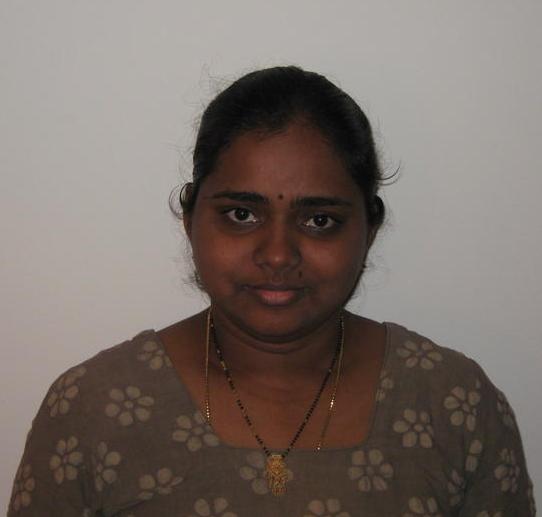
Dr M. Jhansi Lakshmi Kishore
UCD School of Chemistry and Chemical Biology
February 2009- December 2010
Synthesis of biomimetic catalytic materials to fix CO2 to form
valuable low molecular weight products at low temperatures and pressures
The project aims at efficient conversion of CO2 to C1 products to achieve highly
desirable twin goals of reducing atmospheric levels and providing a vital route
to valuable chemical feed stocks. To achieve this, heterogeneous catalysts containing
Cobalt complexes tethered to mesoporous silica (SBA-15 and MCM-41) will be synthesized
and characterized. Their catalytic activity is studied in a parr reactor at different
temperatures and pressures.
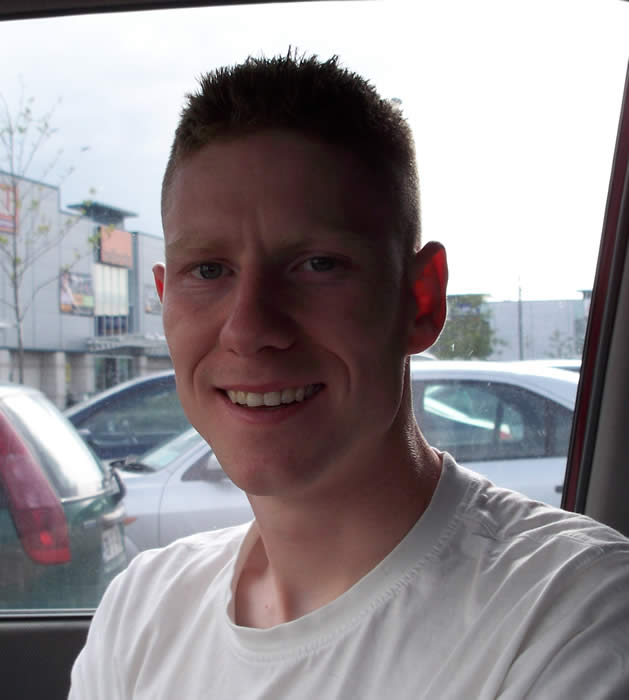
Dr Michael Griffin
UCD School of Chemistry and Chemical Biology
January - December 2010
Dye Sensitised Solar Cells
The aim of the project is develop a new class of ruthenium and cobalt complexes for use in solar cells. The complexes are synthesised from the strong electron donating, derivatised β-diketiminate ligands. The electrochemistry of the complexes will also be investigated.

Dr Courtney Collins
MSSI, UL
April - December 2010
Electrochemical and Spectroscopic characterisation of Dye Sensitised Solar Cells
My work involves understanding the mechanisms of newly emerging redox couples for their use in dye-sensitised solar cells (DSSC), an example being thiolate electrolytes and silfide/polysulfide type electrolytes. Commonly used iodide electrolytes are corrosive and scavange a lot of useful light, thus alternatives need to be investigated. Using electrochemical methods, the kinetics of these new redox couples will characterised, as well as the effect of various additives on DSSC electrolytes will be studied and compared. Techniques such as voltammetry and rotating disk electrode voltammetry are some of the useful methods which will be used to provide detailed information on the fundamental properties of these alternative redox couples.
Dr Saibh Morrissey
UCD School of Chemical and Bioprocess Engineering
November 2009-June 2010